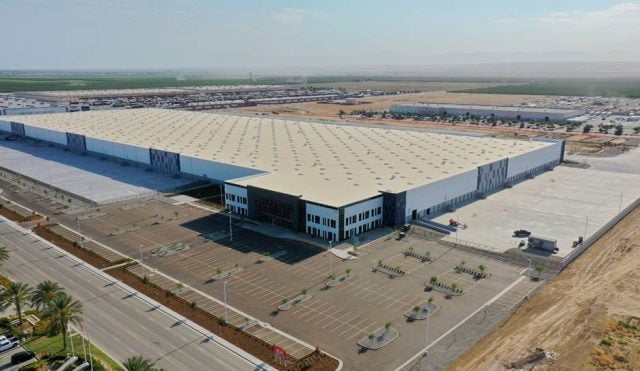IRVINE, CA—Manmade environmental hazard risk ranges from being simply a filter to being the deciding factor in where to buy a home, RealtyTrac's VP Daren Blomquist tells GlobeSt.com. As we recently reported, according to a recent report from the firm, 25 million US homes are in zip codes at high risk or very high risk for man-made environmental hazards—which include air quality, superfund sites, polluters, brownfields and former drug labs—representing 38% of the 64 million homes in all zip codes RealtyTrac analyzed. We spoke exclusively with Blomquist about these hazards and their effect on home sales nationally.
GlobeSt.com: How would you define "manmade environmental hazards," and why do they impact home sales?
Blomquist: These are hazards that can represent health risks ultimately arising from manmade activity. They impact home sales because they relate to a top concern for most people: their health and the health of their families. Home buyers who are aware of health risks in a certain neighborhood are likely to choose to buy in another neighborhood without those same health risks—of course somewhat dependent on the severity of the health risk.
GlobeSt.com: How important is this hazard risk to home buyers who are assessing regions in which to buy?
Blomquist: In many cases this hazard risk is important only as a way to eliminate potential risk. In those cases, it becomes simply a filter to apply to only include areas with low risk, and other factors become the deciding factors. However, in cases where the risk of manmade environmental hazard is high, and other factors are more or less equal, this could easily be the deciding factor in where to buy.
GlobeSt.com: Which other factors do you see becoming more prominent in home buyers' selection process?
Blomquist: I think somewhat on the flip side of this, positive location-based environmental factors such as the presence of mountains, recreation, open space and water will become increasingly important as buyers have more flexibility in where they live in relation to work and are wanting to escape markets that may have some of those positive amenities but also come with the baggage of manmade environmental hazards.
GlobeSt.com: What else should our readers know about manmade environmental hazards?
Blomquist: The most important piece to understand is that buyers can know about this information early on in the buying process, before they get to the closing table and may feel pressure to buy just because they have so much time invested in the purchase already, even if they are not comfortable with the amount of manmade environmental hazard risk.
© 2025 ALM Global, LLC, All Rights Reserved. Request academic re-use from www.copyright.com. All other uses, submit a request to [email protected]. For more information visit Asset & Logo Licensing.







